Analysis of Logarithmic and Exponential Functions with Examples
VerifiedAdded on 2022/09/07
|5
|687
|26
Homework Assignment
AI Summary
This assignment provides a comprehensive overview of logarithmic and exponential functions. It begins by defining logarithmic functions in terms of the inverse of exponential functions, explaining the key characteristics such as the increasing nature of the function, domain, and range. The document then provides examples of logarithmic functions in real-world scenarios, including sound measurement, the Richter scale, and pH values. The assignment then transitions to exponential functions, defining them as functions with a constant raised to a variable exponent, highlighting their rapid increase, and applications in growth and decay scenarios. Examples of exponential functions include compound interest and carbon dating. Finally, the assignment emphasizes the importance of understanding the function's limits, slope, and nature to create accurate graphs. The document references key mathematical resources to support the explanations.
1 out of 5
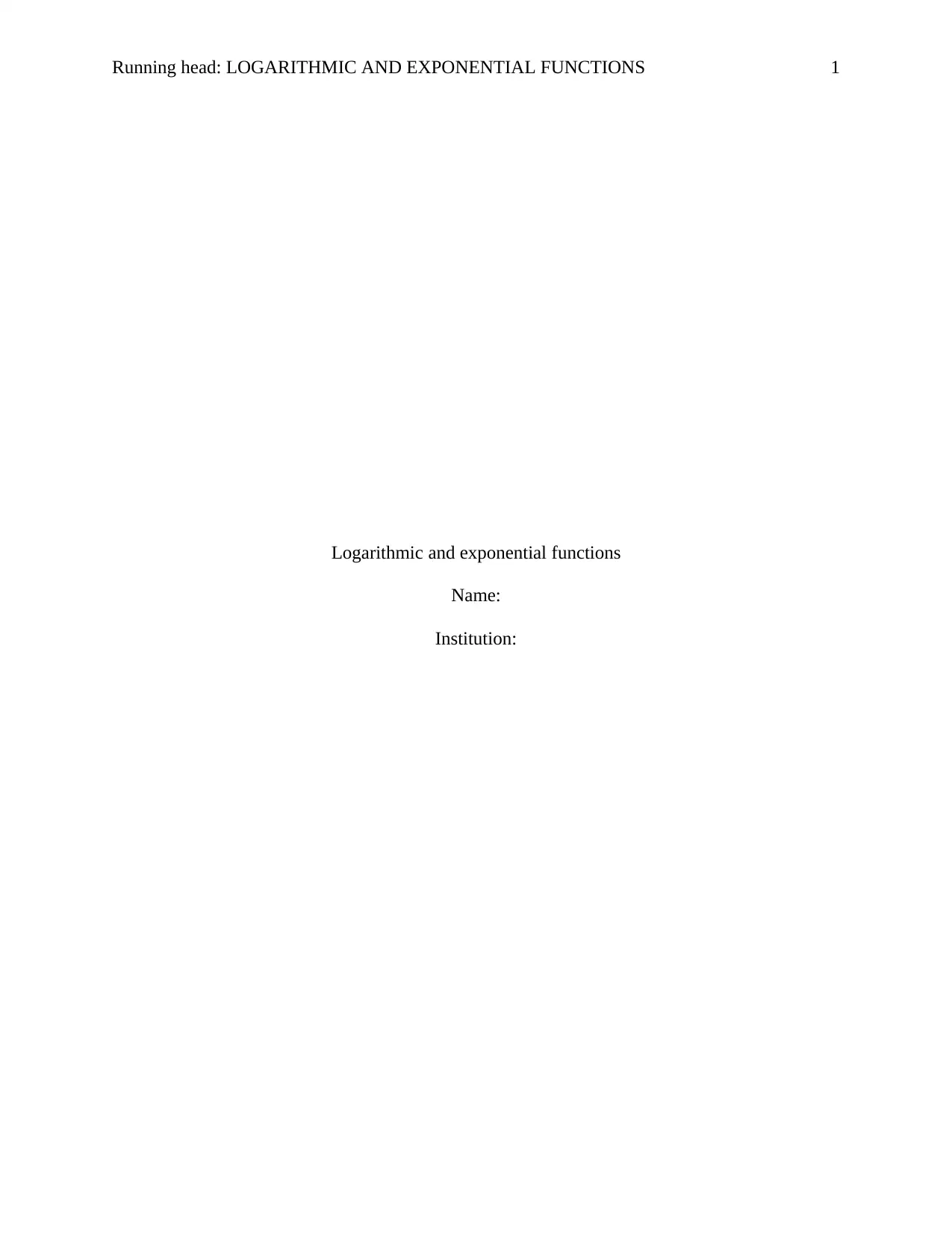
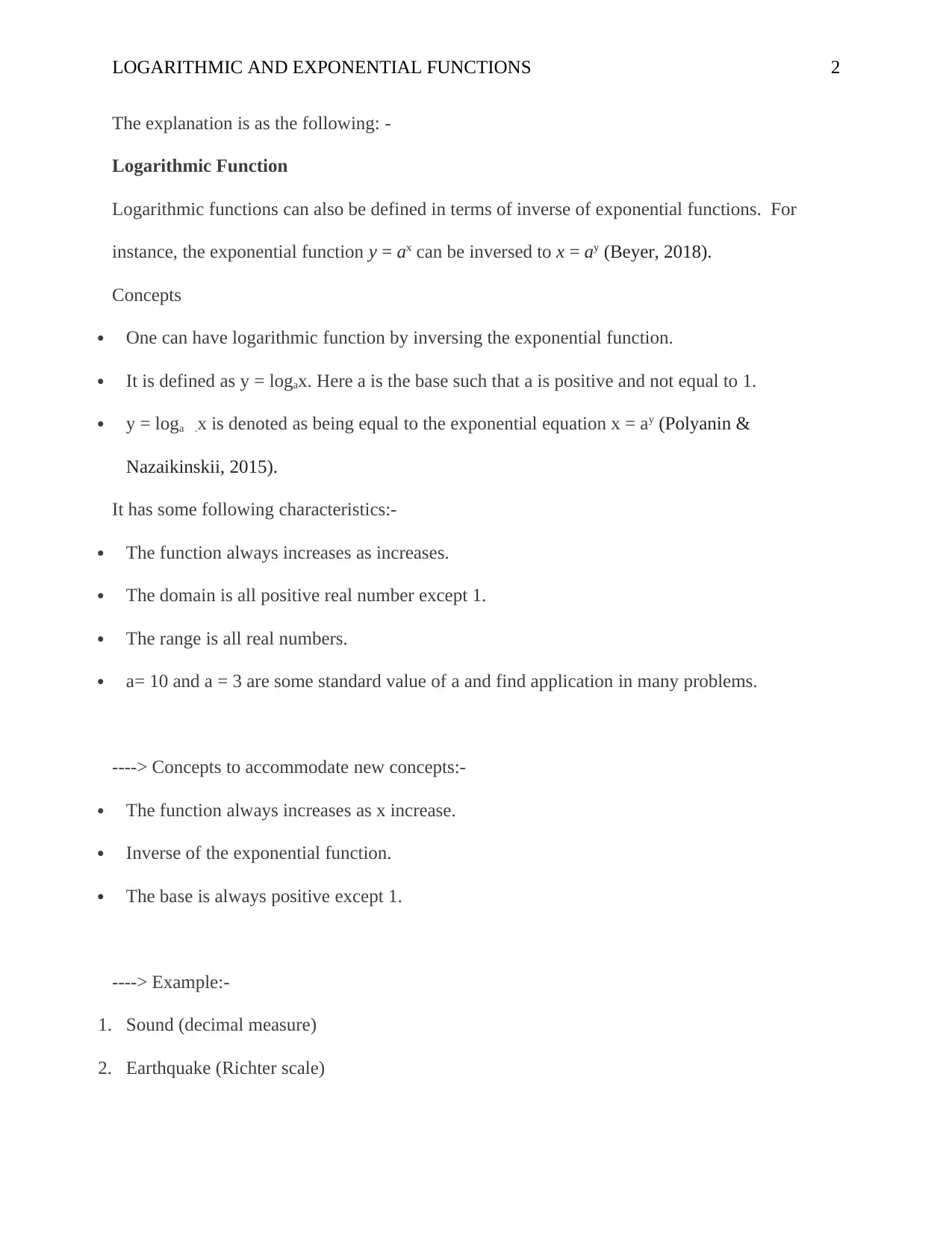
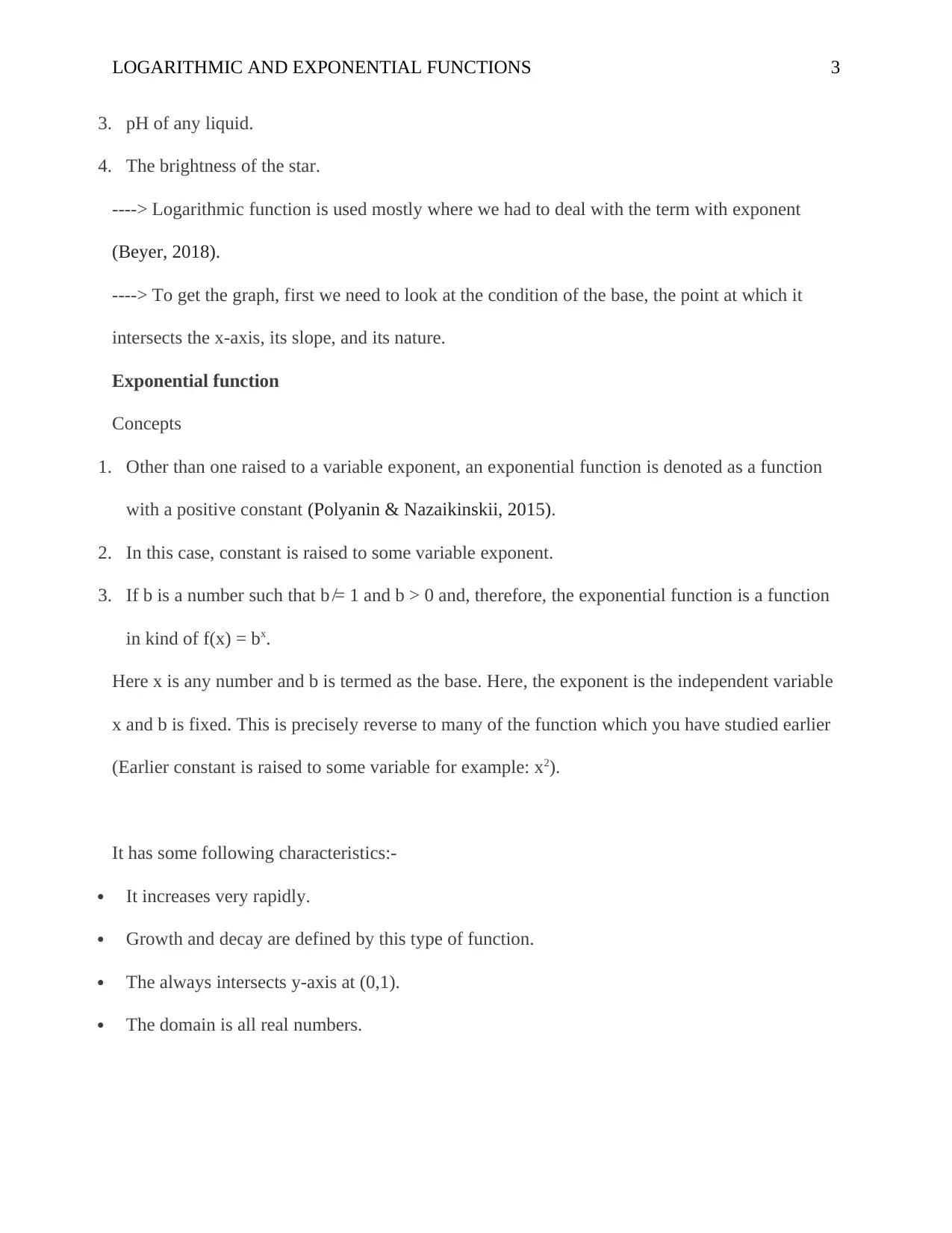

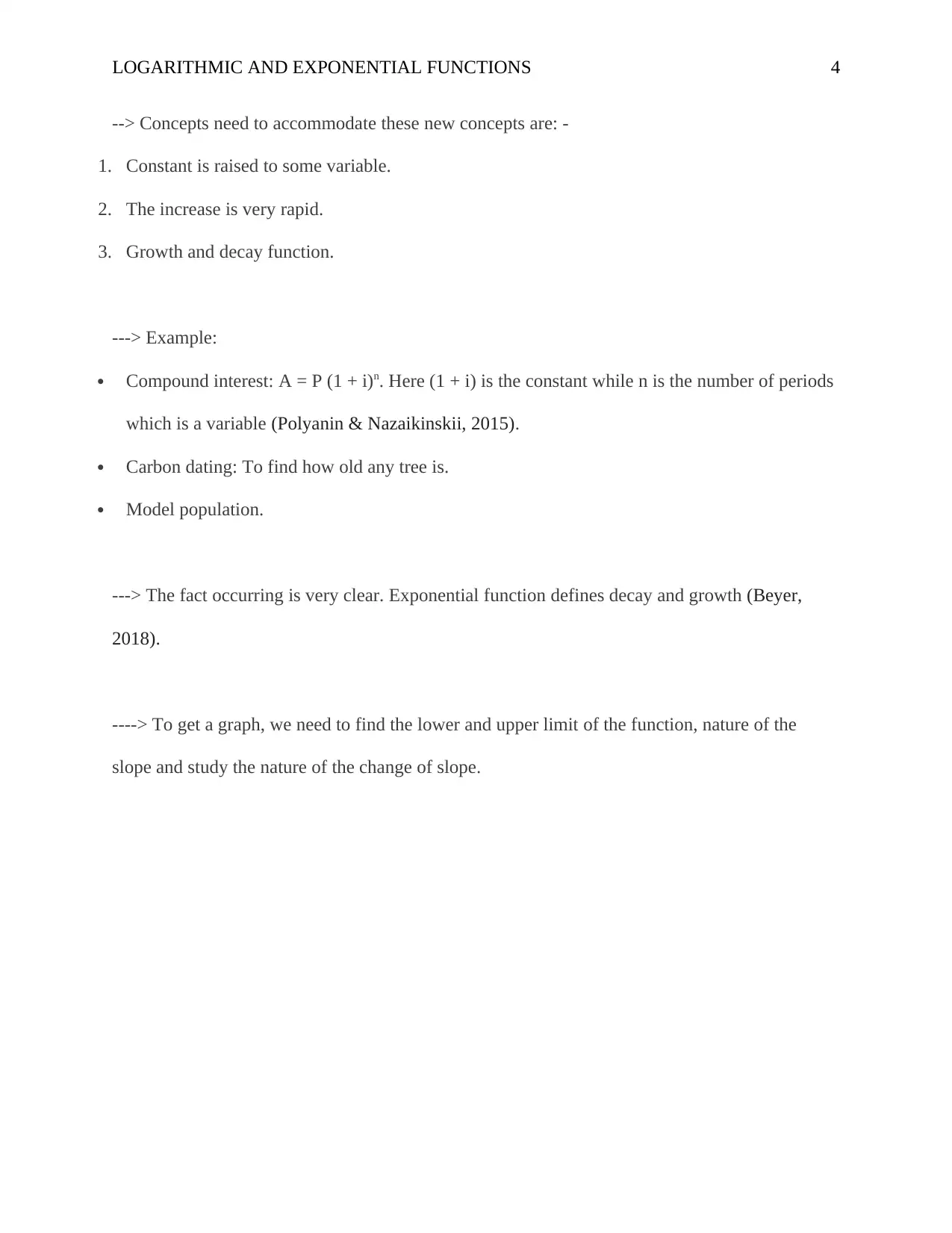
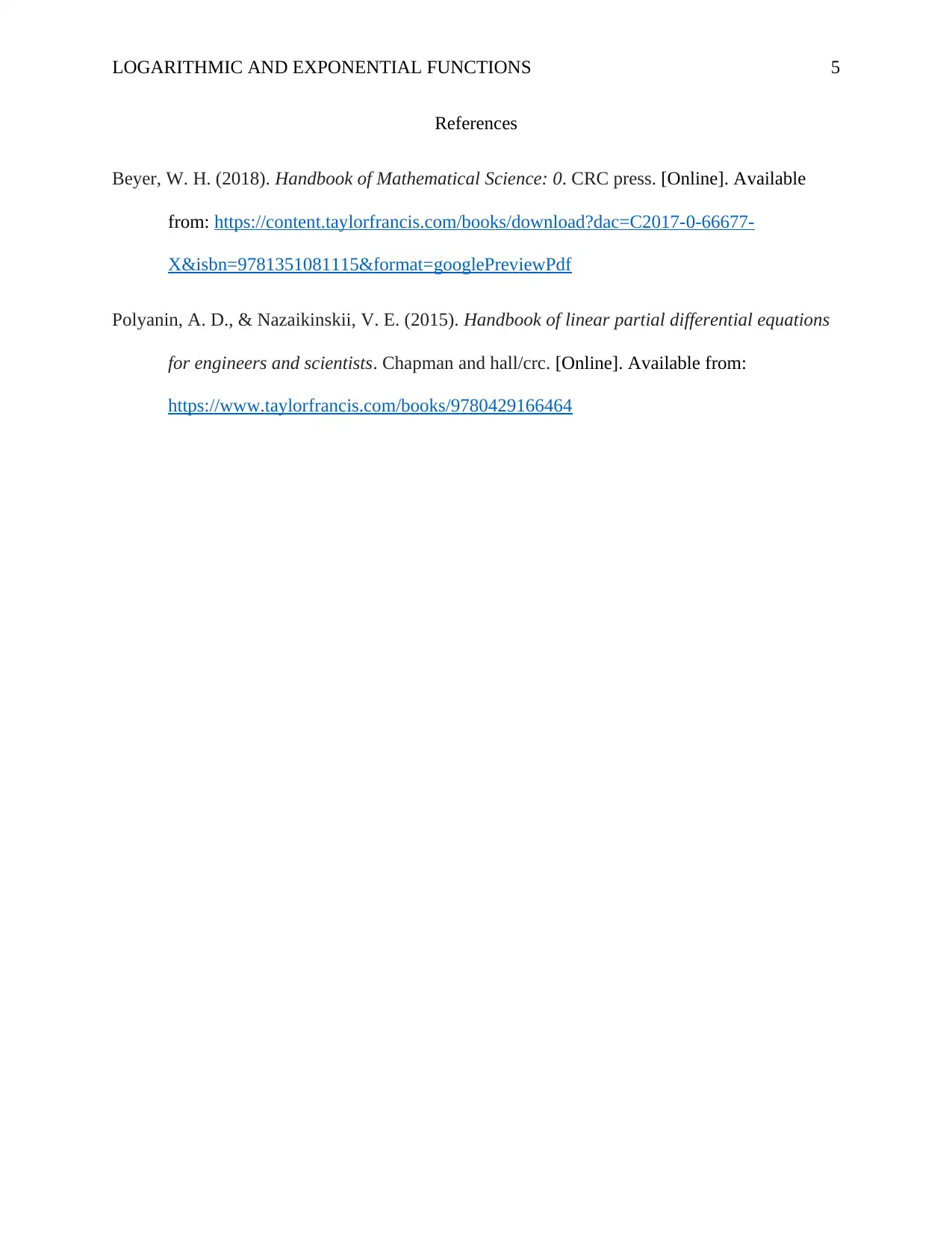

![[object Object]](/_next/static/media/star-bottom.7253800d.svg)